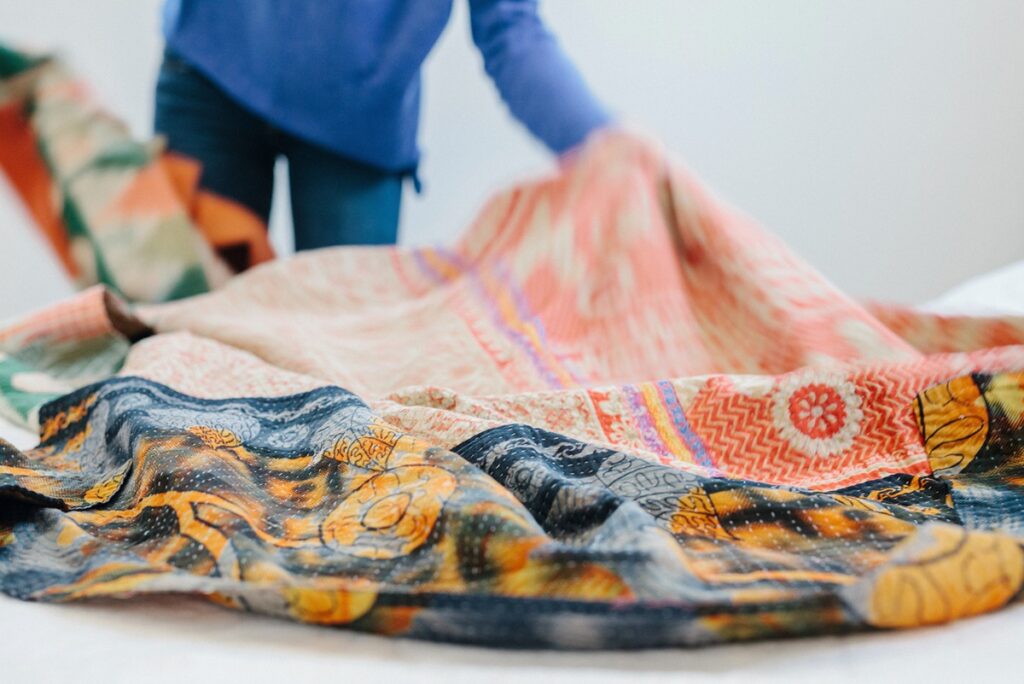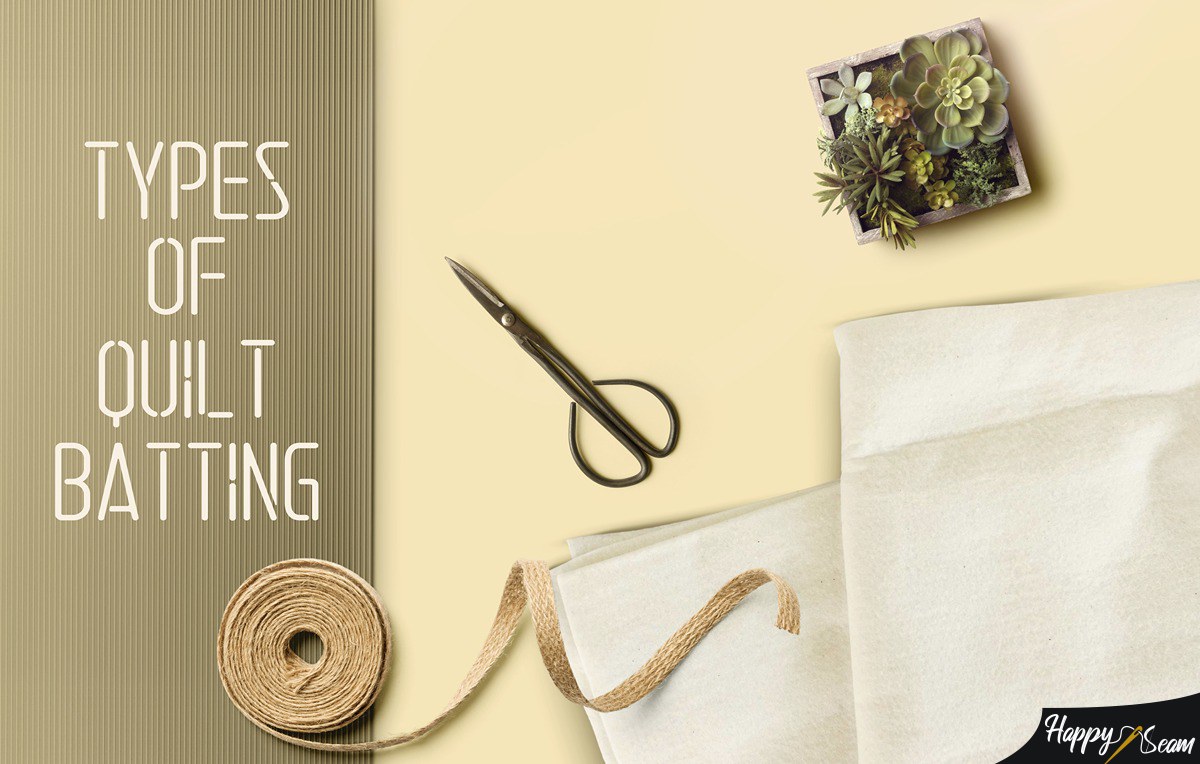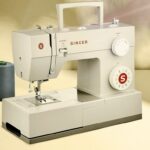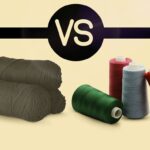When quilting, it’s important to choose an appropriate quilt batting based on the type of textile you are trying to make. Some types of batting add warmth to the quilt. Others can define how well it sits on a wall or a bed, depending on its softness. Do you know how to pick the right quilt batting? If not, keep reading to see what all the types of quilt batting are and find out which is best for you!
Key Takeaways
- The types of quilt batting generally vary based on loft, drape, warmth, and price.
- Cotton quilt batting is traditional, warm, and more breathable than other types of batting.
- Wool quilt batting is the warmest, but also one of the most expensive types of batting. It holds its shape well but can be allergenic to some people.
- Silk quilt batting is made from natural fibers, and is especially breathable and light.
What Affects Your Quilt Batting Choice?
There are many different types of quilt batting and a lot of factors determine the differences between them. However, quilt batting choice generally varies according to the following characteristics:
- Loft
- Drape
- Price
- Warmth
Different types of quilt batting also work better for hand quilting and quilting with a machine. The most common types of quilt batting that I will talk about here are cotton, polyester, cotton blends, wool, bamboo, silk, and alpaca batting.
What are the Types of Quilt Batting?

Cotton Quilt Batting
Quilts made with cotton batting have a very traditional look to them. They are warm and particularly useful for making quilts for winter. This is because they’re very heavy and tend to be more breathable than other types of quilt batting. They’re also not too expensive and just with the right thickness. Their only downside is that they don’t drape very well compared to other types of batting. Cotton quilt batting is generally recommended for use in machine quilting.
Polyester Quilt Batting
When making bedding, polyester is often the popular choice because of a variety of reasons. For one, it’s cheap. It’s also very light and lofty, making it easy to handle for both hand quilting and quilting with a machine. However, it’s non-breathable and generally thicker than other types of quilt batting. Luckily, it’s one of the only types of batting available in different thicknesses.
Cotton Blend Quilt Batting
As a great midway point between cotton and polyester, cotton blends are usually made of 80% cotton and 20% polyester. This mix of materials is useful when you’re operating a quilting machine since it is loftier and sits easier because of the polyester. On the other hand, cotton makes it more breathable. This type of quilt batting is especially recommended for quilting beginners.
Cotton blends sometimes include an additional thin layer on one or both sides of the batting. This is called Scrim, and it is used to prevent the fibers from stretching. It allows the quilter to be more flexible with where they place their stitches, with bigger distances between them.
Wool Quilt Batting
Another popular choice for its warmth, wool quilt batting is an option similar to polyester in both its loft and resistance to creases. It is the warmest type of batting, making it a good choice for winter projects just like cotton.
Wool batting also holds its shape very well, making it sit nicely wherever you place it. However, it is one of the most expensive types of batting. Some people may be allergic to it, and the material needs to be protected from moths. Also read wether you can iron wool.
Bamboo Quilt Batting
If you’re looking for the most eco-friendly quilt batting material, then bamboo is the obvious choice. It is made of natural fibers, however, most bamboo quilts aren’t pure bamboo. Instead, they’re usually made from a mix of bamboo and cotton.
This makes them very breathable, and easy to use on a quilting machine, but sadly more expensive than the other types of quilt batting. They also come with the small downside of shrinkage after washing, with up to 1-3% of the quilt shrinking. However, they’re great for summer quilting projects as they’re much cooler than other batting.
Silk Quilt Batting
Considered one of the more luxurious types of batting, silk quilt batting is very expensive, but for good reasons. It is made from the cocoons of silkworms, making it a natural fiber. It’s as light as feathers and sits nicely on both beds and walls.
The material is breathable and can be used for both hand and machine quilting. However, most silk quilt battings are made of blends, not pure silk. These blends usually consist of a large percentage of silk and a small percentage of cotton or polyester.
Alpaca Quilt Batting
Alpaca quilt batting is made from fibers on the bodies of alpacas. The animals are not harmed in the process of making them, they are just sheared like sheep.
This type of quilt batting is very durable, smooth, and breathable. It holds warmth well and is appropriate for use on quilting machines. It is most similar to wool quilt batting and consequently, needs to be protected from moths.
Final Words
Different types of quilt batting are used for different purposes. Warmth, loft, drape, and price are all things that determine what makes a specific quilt batting perfect for the quilt that you’re working on. That’s why it’s important to understand the differences between the types of quilt batting, as well as how each of their features affects the finished piece.
I have been in the embroidery field for over 10 years. My career first started when I was an apprentice to a local seamstress where I started to learn the basics of garment construction and alterations. That’s where I started to love sewing and began to hone my skills even more.



